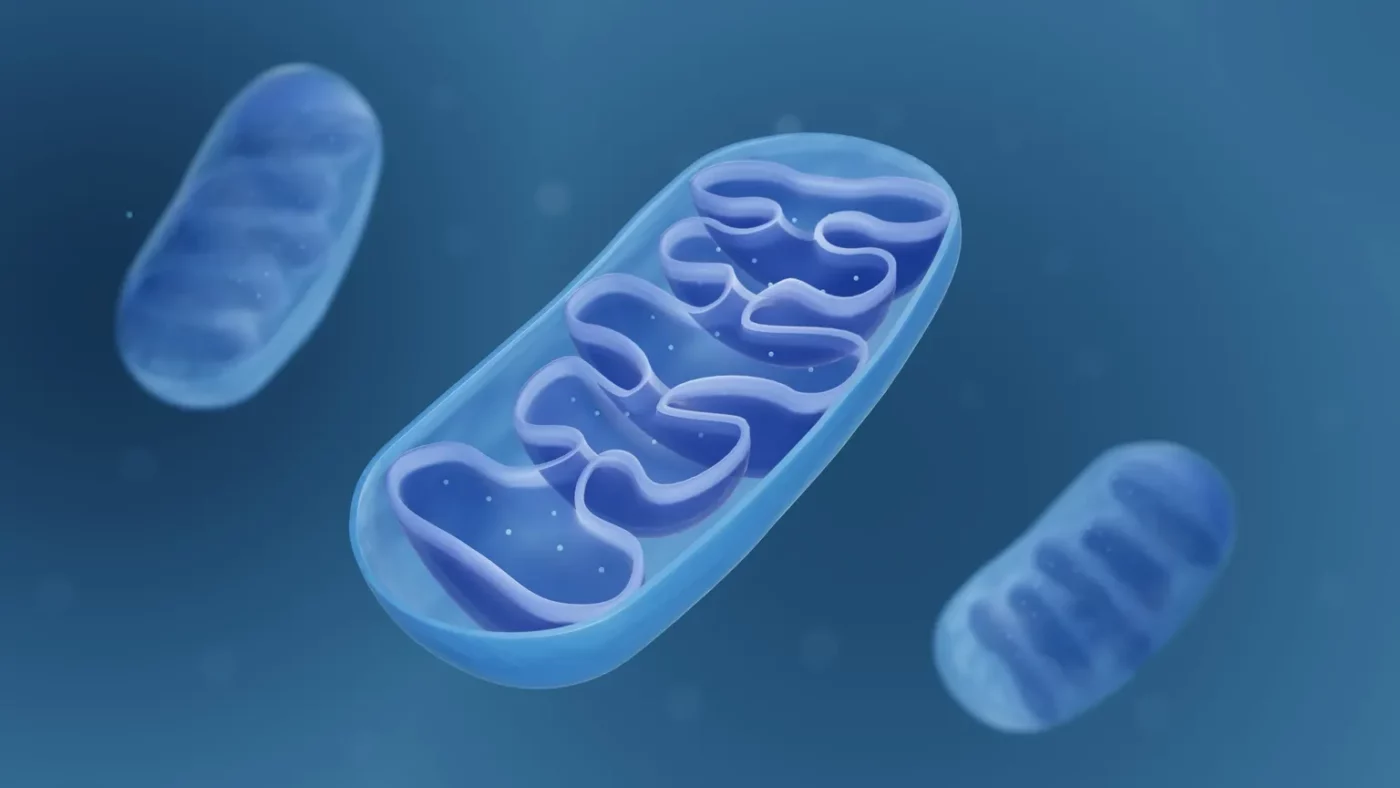Uncategorized
The powerhouse of energy: unraveling the secrets of the mitochondria

Within the intricate world of biology, the mitochondria stand as an awe-inspiring example of nature’s ingenuity. These tiny organelles, often referred to as the “powerhouses of the cell,” play a vital role in generating energy for our bodies. While their significance has long been recognized, recent scientific breakthroughs have shed new light on the secrets of the mitochondria, revealing their intricate mechanisms and their impact on human health. In this article, we delve into the fascinating world of mitochondria, exploring their structure, functions, and their implications for overall well-being.
- Structure and function:
Mitochondria are double-membraned structures found in most eukaryotic cells. Though they vary in shape, ranging from spherical to elongated, their primary function remains consistent across organisms. The outer membrane acts as a protective barrier, while the inner membrane, with its folds called cristae, plays a critical role in energy production.
The most vital function of mitochondria is to generate adenosine triphosphate (ATP), the molecule responsible for storing and transferring energy within cells. This process, known as cellular respiration, occurs within the inner membrane of the mitochondria. Through a series of complex biochemical reactions, nutrients such as glucose and fatty acids are broken down, producing ATP in a process called oxidative phosphorylation. The mitochondria also regulate cellular metabolism, calcium signaling, and programmed cell death, further emphasizing their significance.
- The mitochondrial DNA connection:
Interestingly, mitochondria possess their own genetic material known as mitochondrial DNA (mtDNA). Unlike nuclear DNA, which is inherited from both parents, mtDNA is solely passed down from the mother. This unique genetic characteristic has proven invaluable in tracing human ancestry and understanding migration patterns throughout history.
Furthermore, mitochondrial DNA plays a crucial role in the functioning of mitochondria. Mutations in mtDNA can impair the efficiency of energy production, leading to various mitochondrial diseases. These disorders can affect any organ or system in the body, resulting in symptoms such as muscle weakness, neurological impairments, and organ dysfunction. Understanding the relationship between mtDNA and mitochondrial diseases has opened up avenues for research and potential therapeutic interventions.
- Mitochondria and human health:
Beyond their fundamental role in energy production, mitochondria are increasingly recognized as key players in human health and disease. Emerging research suggests that mitochondrial dysfunction may contribute to the development of several age-related disorders, including neurodegenerative diseases, cardiovascular diseases, and even cancer.
Neurodegenerative disorders, such as Alzheimer’s and Parkinson’s disease, are characterized by the progressive loss of neurons in the brain. Studies have shown that mitochondrial dysfunction, resulting in energy deficits and increased oxidative stress, contributes to the onset and progression of these conditions. By better understanding the mechanisms underlying mitochondrial dysfunction, researchers hope to develop targeted therapies to mitigate these diseases’ impact on individuals and society.
Similarly, cardiovascular diseases, including heart failure and ischemic heart disease, have been linked to mitochondrial dysfunction. Impaired energy production and oxidative stress within cardiac cells can lead to reduced contractile function and increased susceptibility to damage. Therapeutic approaches targeting mitochondrial health hold promise in preventing and treating these life-threatening conditions.
Mitochondria are also intimately connected to the complex world of cancer biology. Abnormalities in mitochondrial function can promote tumor growth and resistance to chemotherapy, making mitochondria an attractive target for novel cancer treatments. Researchers are actively investigating the potential of manipulating mitochondrial metabolism to improve the efficacy of cancer therapies.
The mitochondria, with their intricate structure and indispensable functions, remain a subject of scientific fascination and exploration. Their role in energy production, cellular metabolism, and their implications for human health and disease continue to captivate researchers worldwide. Unraveling the secrets of the mitochondria holds the promise of not only deepening our understanding of fundamental biology but also providing new avenues for therapeutic interventions in a wide range of diseases. As we continue to delve into this microscopic powerhouse, it is clear that the mitochondria are truly the unsung heroes driving the energy needs of our cells and shaping the destiny of our well-being.


